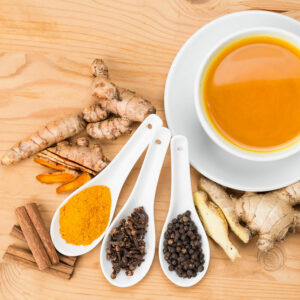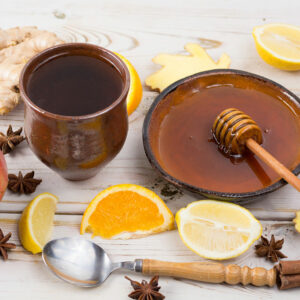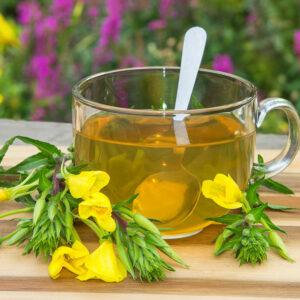
01
All You Need to Know about the Benefits of Turmeric
Today, people all over the world are beginning to recognize the benefits of turmeric. This humble root is an essential part of Indian and Southeast Asian cuisines and medical systems. Turmeric’s active constituent is an organic chemical called curcumin. What is turmeric? Turmeric is a rhizome plant from the ginger family. The plant has its origins in the Indian subcontinent and Southeast Asia. In its present form, it’s a cultivar and doesn’t grow in the wild. People in these countries use the rhizome root-stems as a spice for color and flavor in a variety of dishes. It is also used as a dye and cosmetic. It is also used for religious purposes in some countries. The benefits of turmeric have been known for a long time in the traditional medicine systems of these countries. Turmeric’s active ingredient curcumin provides a wide range of health benefits. Some parts of the harvest are used fresh, while the rest of it is boiled and dried in ovens. The dried roots are then ground into a fine powder. This powder consists of nearly 70% carbohydrates, almost 13% water, various proteins, fats, minerals, essential oils, and natural phenols or curcuminoids that give this ingredient a bright yellow-orange color. Curcumin The main constituent of turmeric is a phytochemical (plant-based chemical) called curcumin. In some traditional medicinal systems, turmeric is valued for its diverse properties. However, modern research was initiated only in the 19th century when curcumin was isolated from turmeric chemically. Its complete chemical structure was mapped only in the early 20th century. The benefits of turmeric Turmeric is an essential ingredient in Indian, Southeast Asian, and Middle Eastern cuisines. It imparts an attractive color to food and gives it a rich, palatable appearance. Apart from this, its subtle yet slightly bitter, pepper-like aroma and sharp mustard-like flavor complement other spices in a variety of dishes.
Read More 










